I made this rod to try out a new taper theory I was fooling around with on paper. I wanted to make a bamboo fly rod that would be on the short side, weigh next to nothing, yet have a ton of power for casting distances accurately. I'm proud to say that this rod accomplishes all that!!
I also wanted to add a feather inlay to this rod, as it was the perfect opportunity to see how some different feathers than I normally use in inlays would look. Well, I think it came out nicely. It features a simple, natural mallard side feather framed by two brown dry fly hackle feathers. These simple feathers look very classy to me while being suggestive of so many traditional fly patterns. Again, I'll be adding this design of inlay to my offerings.
For more photos & info about this rod, please see the Available Rods page. If you have any questions at all about this rod, please contact me. This is a great chance to get a beautiful rod that casts like a dream!!
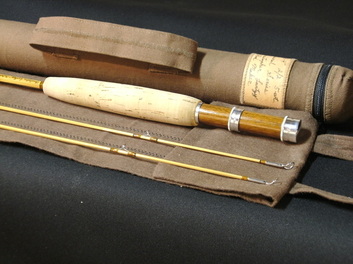
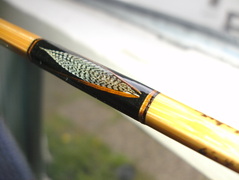
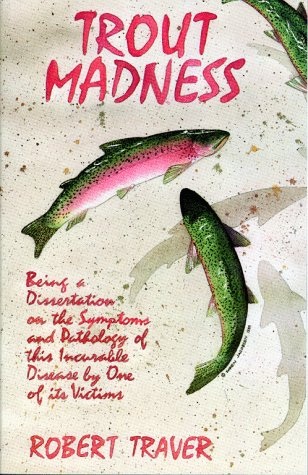
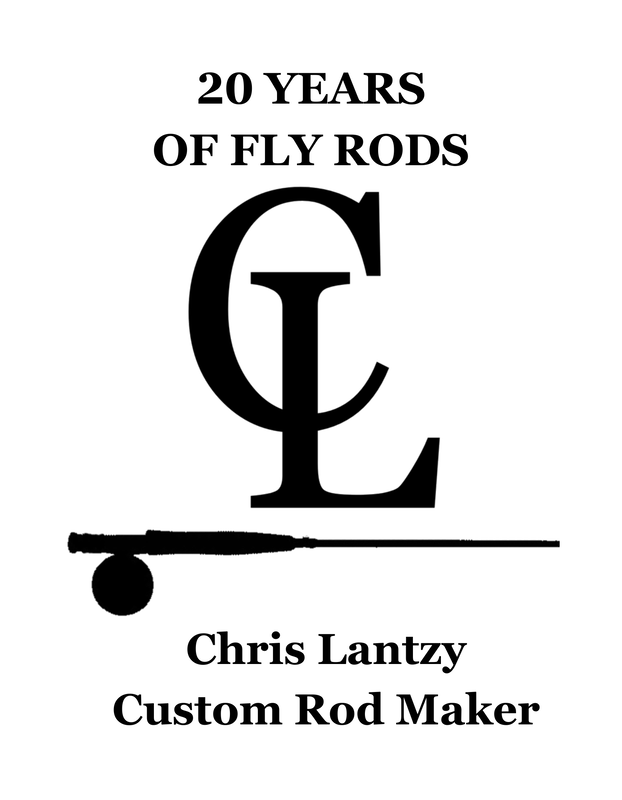
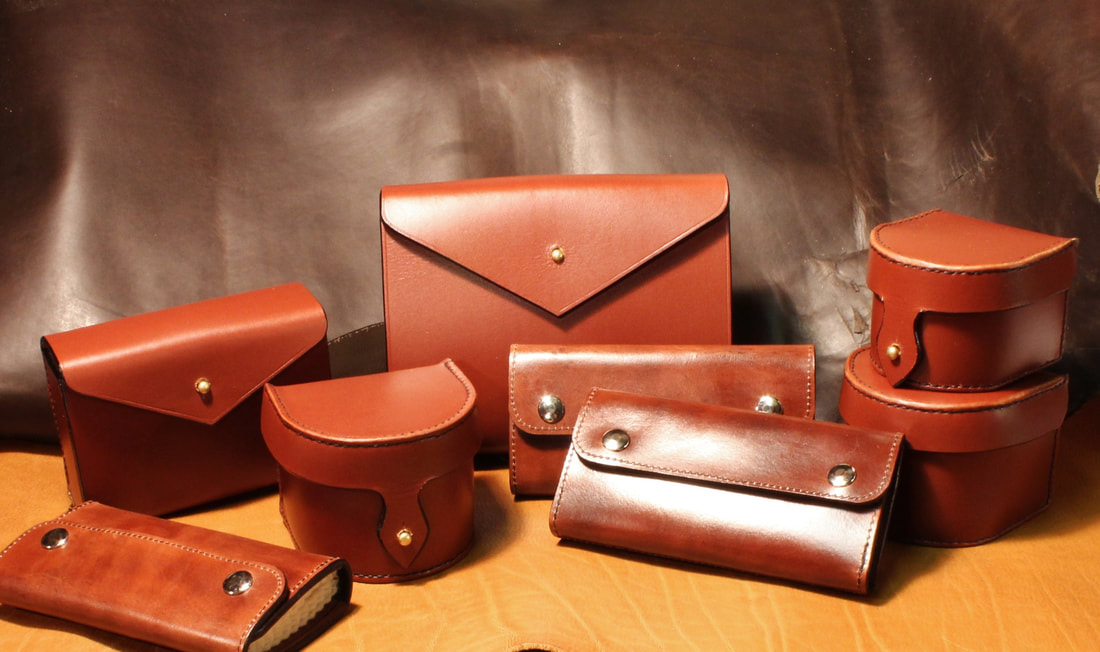

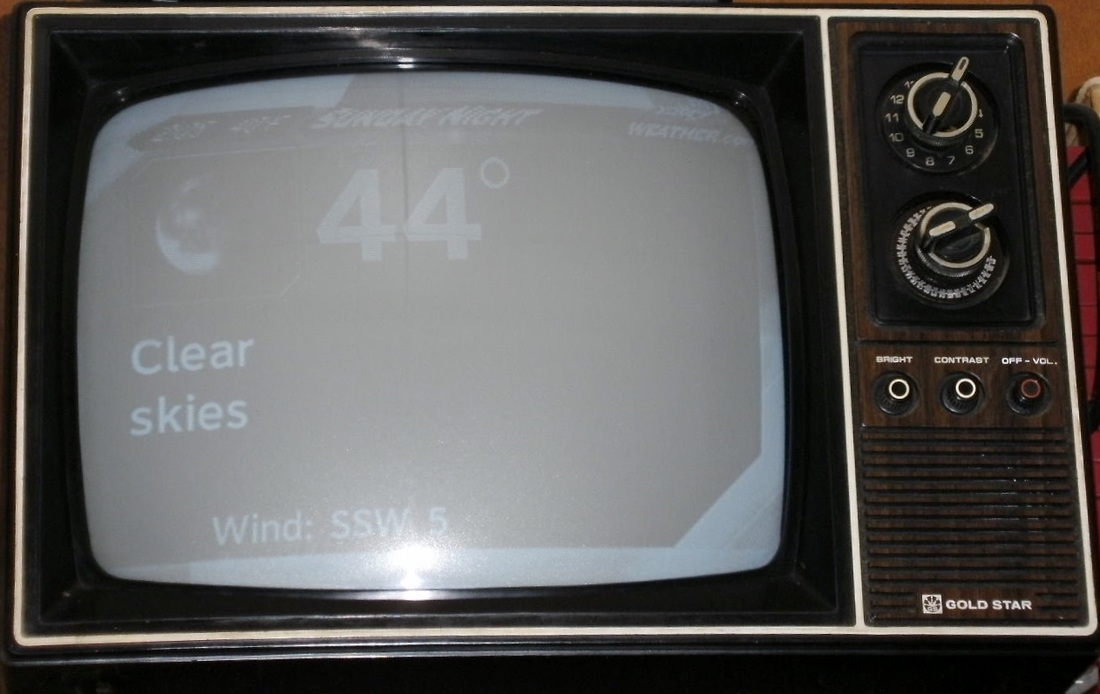
 RSS Feed
RSS Feed
